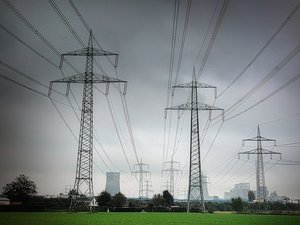 The energy sector is in danger, and almost nobody is talking about it. This, according to a newly published report by Kaspersky Labs.
The energy sector is in danger, and almost nobody is talking about it. This, according to a newly published report by Kaspersky Labs.
At issue are ICS (Industrial Control System) computers. Hackers are increasingly targeting them, having recently been given a robust set of tools to do so.
Recall that in 2010, Kaspersky Labs uncovered the first instances of a malicious computer worm known as “Stuxnet.” This worm was a beast. Nothing like it had ever been seen before, and all indications were that it had been created at the behest of a nation-state with deep pockets.
Its purpose was to invade PLC’s (Programmable Logic Controllers) which are essentially primitive computers used by almost every modern industry. In many ways, these rudimentary computers are what makes modern society possible. Worse, they have almost no protections in place, because until Stuxnet, no one even considered the possibility that they would be the target of an attack.
The problem is that the damage caused by attacking these controllers isn’t limited to the digital realm.
In Iran, Stuxnet was used to cause significant damage to that country’s fledgling nuclear program by causing dozens of their centrifuges to explode.
Since the code has now been in the wild for many years, variants of the worm have been developed. The fear has been that the newer, more robust variants could be used to target critical infrastructure around the world.
That now appears to be happening. According to the Kaspersky Labs report, nearly 40 percent of all analyzed ICS’s in the energy sector have been attacked at least once by malware.
So far, those attacks haven’t caused any significant damage in the physical world, but this is a simple numbers game. Sooner or later, it’s going to happen, and with tragic consequences.
Used with permission from Article Aggregator

